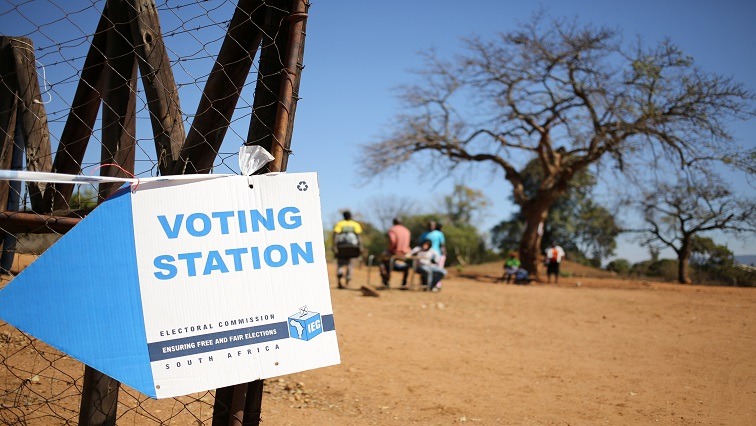The recent controversy surrounding the Department of Basic Educations Early Childhood Education (ECE) Gender Responsive Pedagogy toolkit is not only unwarranted but deeply misguided.
Rather than promoting an ideology, this toolkit is a practical guide aimed at fostering gender equality within South Africa's education system.
The uproar over supposed indoctrination demonstrates a clear misunderstanding of the toolkit's objectives and contents.
Let's debunk some myths and delve into what this toolkit truly represents.
What exactly is the ECE Gender Responsive Pedagogy toolkit?It serves as a resource to help educators and childcare providers recognize and address gender-based biases in early childhood settings.
By offering strategies to identify and rectify unfair treatment based on gender, the toolkit aims to create inclusive learning environments where children can thrive without feeling constrained by traditional gender norms.
The toolkit recognizes the interconnected nature of various forms of oppression, including race, gender, and class. which are shaped by intersecting layers of discrimination and marginalization.
Therefore, the toolkit considers the unique challenges faced by learners within the public education sector.
Finally, the ECE calls calls for an approach that fosters agency, critical thinking, and resistance.
Children should be empowered to challenge dominant narratives and stereotypes, and educators should facilitate dialogue around issues of race, gender, and power.
Education should not perpetuate existing inequalities but rather serve as a tool for liberation and social transformation.
Why was this toolkit developed in the first place?Its creation stems from the urgent need to combat harmful gender stereotypes deeply ingrained in South African society. These stereotypes not only perpetuate gender-based violence but also contribute to disparities in education, health, and economic opportunities.
By challenging these norms early on, the toolkit seeks to lay the groundwork for a more equitable future.
Consider the stark realities that necessitated the development of this toolkit:
Women and individuals with feminine traits are often marginalized and undervalued.
Gender inequalities fuel violence and hate crimes.
Girls and women face higher rates of HIV infection due to limited access to resources and agency.
Boys are socialized to suppress emotions, while girls are discouraged from assuming leadership roles.
Children who don't conform to traditional gender roles are subjected to exclusion and bullying.
These statistics paint a troubling picture of gender dynamics in South Africa, highlighting the urgent need for intervention.
Additional material statistics are:
Girls are most likely to drop out of school and have lower pass rates in math and physics.
1. Boys are most likely to have higher expulsion rates and more likely to repeat primary school grades.
2. Unemployment and poverty from the apartheid era result in many men struggling financially.
3. Women and LGBTI persons are at higher risk of sexual and physical violence.
4. Gender non-conforming people are less likely to have jobs.
5. Men are more likely to engage in unhealthy behaviors, violence, and are less likely to seek help.
6. Women spend 8 times more hours than men on unpaid care work than men.
7. Only 10% of CEOs in South Africa are women.
8. Moreover, this toolkit is not an isolated initiative but aligns with existing legislation aimed at promoting gender equality and combating discrimination.
Some of the key pieces of existing legislation in South Africa aimed at promoting gender equality and combating discrimination:Constitution of the Republic of South Africa
1996: Promotion of Equality and Prevention of Unfair Discrimination Act (PEPUDA),
2000: Domestic Violence Act,
1998: Sexual Offences Act,
2007: National Policy Framework for Women's Empowerment and Gender Equality
2000: National Strategic Plan on Gender-Based Violence and Femicide
2020-2030: South African Schools Act (SASA)
1996: Employment of Educators Act
1998: These are just a few examples of the legal framework in South Africa aimed at promoting gender equality and combating discrimination. Each of these laws plays a crucial role in safeguarding the rights of all individuals, irrespective of gender or sexual orientation, and fostering a more inclusive and equitable society.
But what are the tangible benefits of implementing the ECE Gender Responsive Pedagogy toolkit?
By addressing gender issues early on, children can benefit from more enriching learning experiences tailored to their individual needs. Educators, in turn, can cultivate positive attitudes and practices that foster acceptance and inclusion







